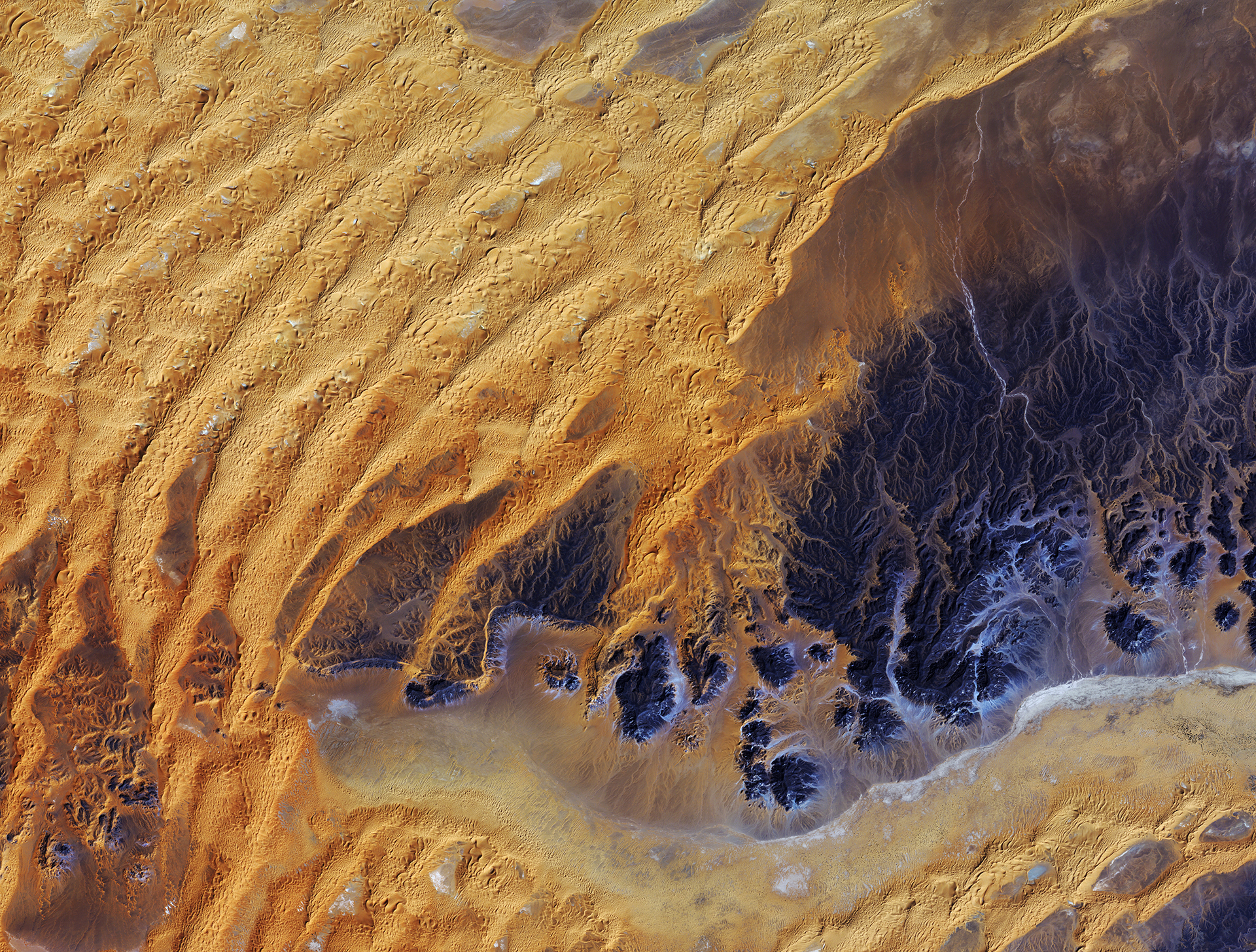Written by: The Amaranthine Foundation
As societies advance, so do our visions of the future. Inevitably, through the industrial revolution, these visions have become increasingly entangled with technology. Today, with the unstoppable development of digital technologies, the future is often tied into invisible digital worlds.
In the context of climate change and broadly understood sustainable development, there is a need to complement this virtual notion of progress with our empirical understanding of nature and communities experiencing the adverse effects of climate change.
Over the last few years, for example, we have witnessed the devastation caused by an increasing number of climate extremes, such as hurricanes and record-breaking high temperatures. The sense of urgency calls for holistic action across all sectors, especially now, as WMO reported that this September was the hottest one ever, and 2023 is firmly set to be the warmest year on record.
Historically, our understanding of nature was expressed in a variety of ways through art, ornamentation, music, dance, storytelling, literature, poetry, intangible and tangible material culture, all essential aspects of human creativity and expression. It was also the observation of nature and micro-climatic conditions that allowed us to develop carbon-free technologies prior to the Industrial Revolution. It is important not to lose sight of this balance with the advance of digital technologies and all its possibilities.
In recent years, our discourse on climate change and nature has narrowed to quantitative measurements, all of which are critical and important aspects of scientific truths demanding action. However, we are seeing that this is not sufficient to initiate climate action and structural changes at the pace it needs to happen. By broadening the debate to be more inclusive of the humanities and wider scientific perspectives, there is hope for new and appropriate innovation and action.
The foundation of the climate change movement laid during the Rio Earth Summit in 1992 gave birth to three Rio Conventions: UNFCCC, CBD, and UNCCD. All of them emphasize the interconnected role of ecosystems, land, Indigenous knowledge, and technology transfer.
We need to evolve inclusively with all these pillars forming our understanding of the planetary ecological systems and our role in them. Focusing on the sectorial approaches alone will not deliver the required change for the future.
‘Transforming our world: the 2030 Agenda for Sustainable Development embraces ‘The Future We Want’ through 17 Sustainable Development Goals, and it is the implementation of all 17 SDGs that will deliver ‘The Future We Want.’ The UN 2.0 initiative accurately recognizes the need for the progress of ideas and organizational changes whilst cultivating a culture that thrives on agility, creativity, learning, and adaptability.
New perspectives need to embrace the evolution of traditional technologies in their local context– natural resources utilization– in order to build new bio-based micro-economies.
North–South collaboration on technology transfer bridging digitalization to new forms of engagement with nature is highly recommended.
The democratization of technology, and in particular digital technologies, can empower communities in their co-creation processes in shaping a better tomorrow.
Embracing local cultures and bio-regional thinking can deliver a ‘win-win’ scenario for the regional economies as well as the people.
We must capitalize on and empower a more creative capacity for a sustainable future.
About The Amaranthine Foundation:
The Amaranthine Foundation harvests multidisciplinary and creative thinking to address today’s most pressing and challenging issues in order to achieve a kinder and more liveable future for us all. The Amaranthine Foundation activities embrace cultural, social, technological, and scientific initiatives.
Climate change, biodiversity loss, and global pandemics are problems crying out for collective action, a call that world leaders have heard in recent years. As time passes and the opportunity to address significant planetary and existential challenges narrows, we need to do more at the regional and local levels and prick individual consciences. The Amaranthine Foundation aims to address these challenges at the local, regional, and global levels through collaborations with the arts, technology, and science.
Header Image Caption & Credit: Sahara Desert, Algeria. The heat and lack of water render vast desert areas highly unwelcoming, making satellites the best way to observe and monitor these environments on a large scale. Credit: JAXA/ESA







